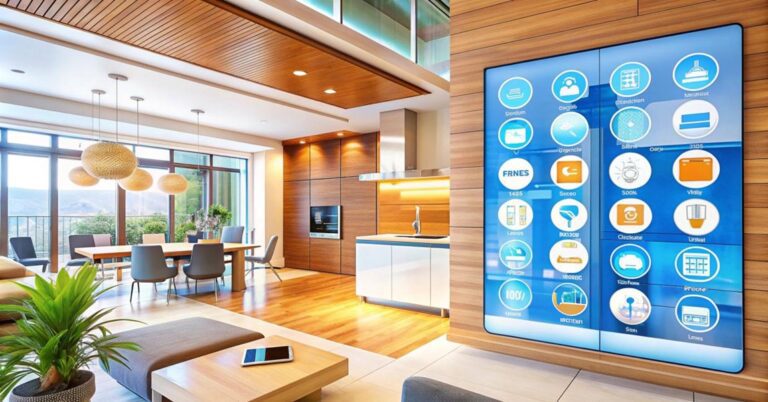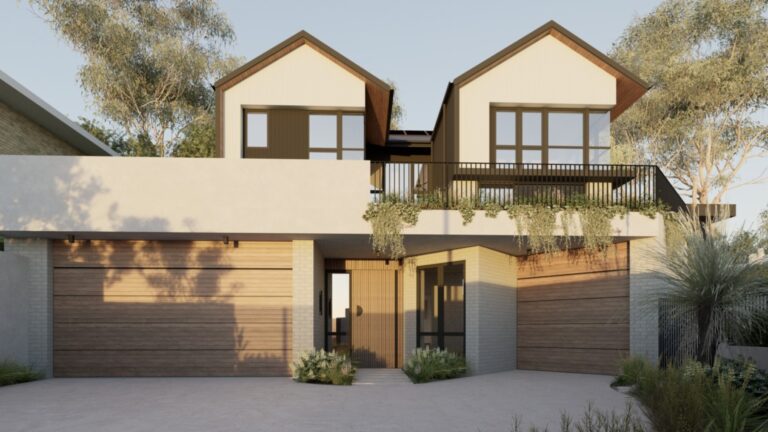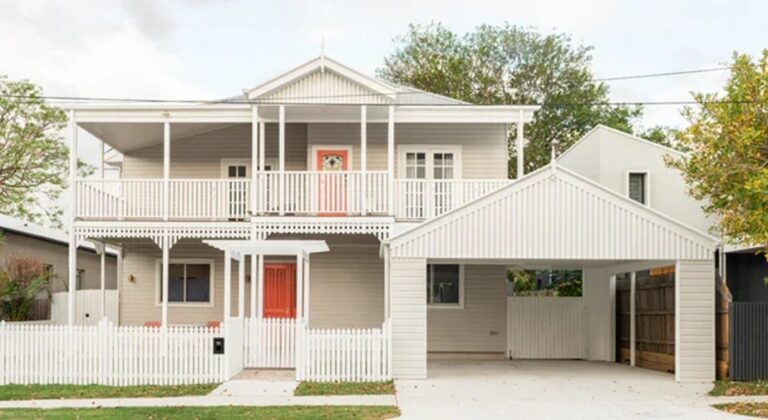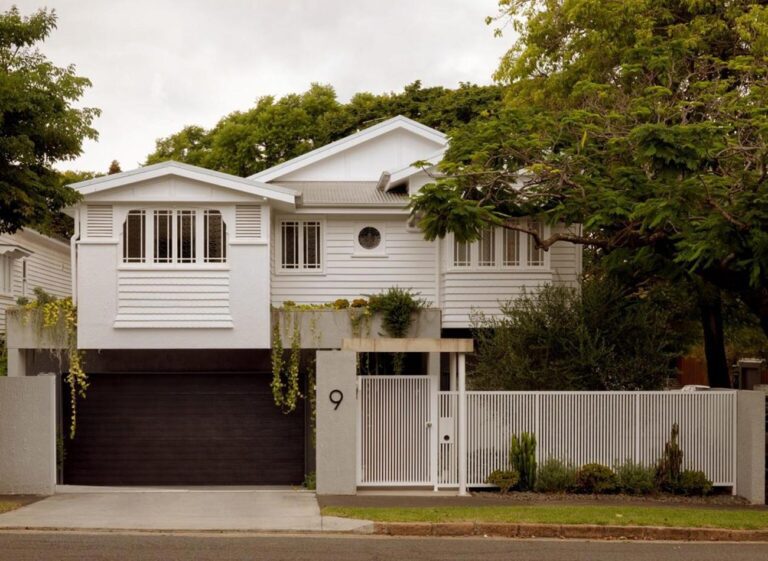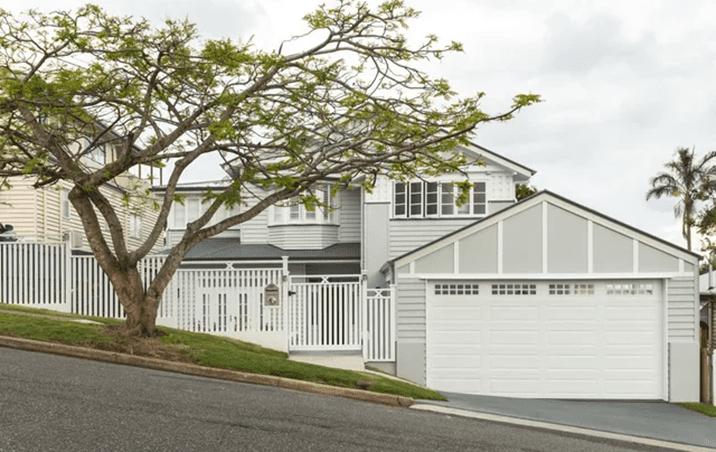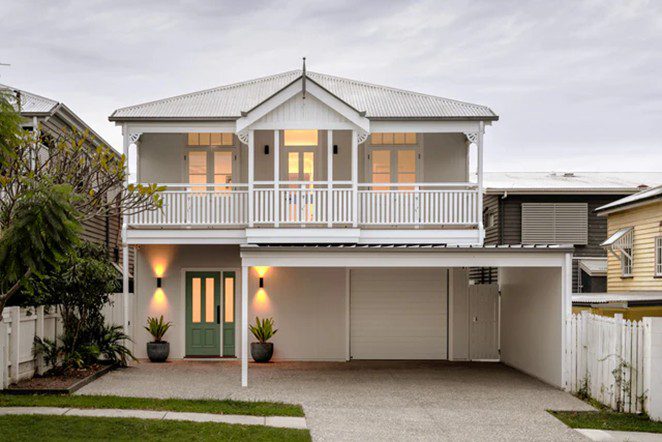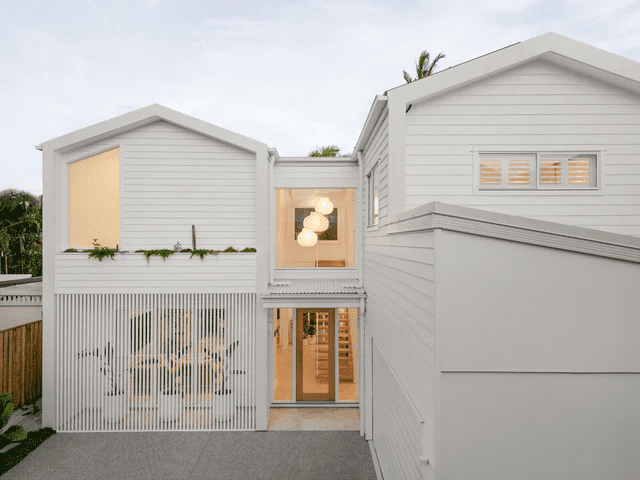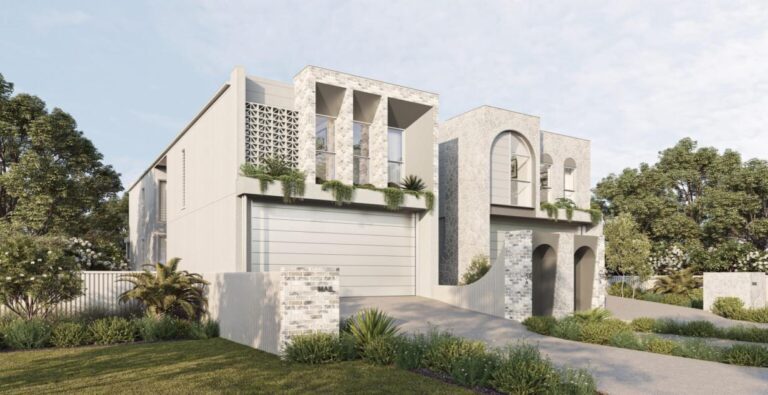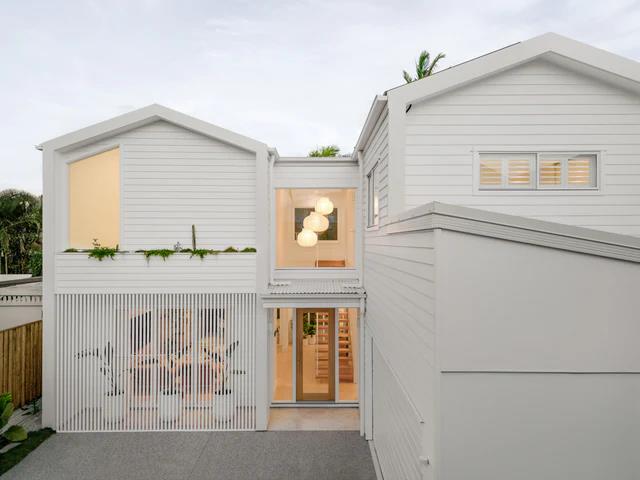Choosing between renovating your current home or building a new one requires thoughtful planning and a clear understanding of your goals. Tide Constructions helps homeowners evaluate both options with expert insight and practical guidance. We explore the benefits and challenges of each path, highlighting design flexibility, cost considerations, timelines, and structural factors to help you decide which solution best suits your lifestyle and long-term vision.
Key Takeaways
- Renovations retain character and suit heritage or sentimental homes.
- New builds offer design freedom and long-term energy efficiency.
- Cost, time, and council approvals differ greatly between the two.
- Renovations may uncover hidden issues, affecting the budget.
- New builds require more upfront planning, but deliver tailored results.
Whether you’re a homeowner looking to upgrade your space or a property investor weighing options, deciding between renovating an existing home and building a new one is a significant choice that impacts your finances, timeline, and long-term satisfaction. Both paths come with their advantages and challenges, and the best decision often depends on your budget, goals, location, and emotional attachment to the property. The pros and cons of renovating versus building a new home, helping you make a more informed decision that aligns with your lifestyle and vision.
Renovating an Existing Home
Pros of Renovating
1. Cost Control
In many cases, renovation can be more affordable than building from scratch, especially if the home’s structure is sound and only cosmetic or minor updates are needed. Renovating also allows you to phase out expenses and work on the home over time.
2. Faster Timeline
Renovations are generally quicker than building a new home, particularly for smaller updates like kitchen remodels, bathroom upgrades, or flooring changes. You can often stay in the home during renovations, saving on temporary housing.
3. Preserving Character
Older homes often come with architectural features, like crown mouldings, hardwood floors, or custom millwork, that add character and charm. Renovating allows you to preserve these unique elements while updating the space for modern living.
4. Established Location
Many older homes are located in well-established neighbourhoods with mature trees, nearby schools, and community facility and amenities. Renovating allows you to enjoy these benefits without relocating.
5. Permit Simplicity
Depending on the extent of work, renovations may involve fewer zoning issues and simpler permitting processes than new builds.
Cons of Renovating
1. Unexpected Costs
Hidden issues, such as structural damage, outdated wiring, mould, or asbestos, contribute to the hidden costs of home renovations can quickly drive up renovation costs beyond your original budget.
2. Design Limitations
Working within the constraints of an existing structure can limit your design options. For example, you may not be able to expand rooms or move walls due to structural limitations.
3. Disruption During Construction
Living in your home while it’s under renovation can be noisy, dusty, and stressful. In certain situations, you might be required to relocate temporarily, which can increase your overall costs.
4. Less Energy Efficient
Even with upgrades, older homes may not meet the same energy efficiency standards as newly built homes. Retrofitting insulation or windows can be costly and less effective.
5. Return on Investment (ROI) Uncertainty
Not all renovations increase home value significantly. Over-customisation or partial upgrades may not appeal to future buyers, potentially reducing your ROI.
Building a New Home
Pros of a New Build
1. Customisation
When you build a new home, you start with a blank canvas. From type of flooring plans to finishes, every detail can be tailored to suit your preferences, needs, and lifestyle.
2. Modern Technology and Energy Efficiency
Modern homes are constructed using up-to-date quality materials and advanced building technology. They often include better insulation, energy-efficient windows, solar panels, and smart home systems that reduce utility bills and carbon footprints.
3. Fewer Repairs and Maintenance
A new build means everything, plumbing, wiring, HVAC (Air Conditioning), and roofing are brand new and under warranty. You’re less likely to deal with costly repairs in the first few years.
4. Higher Resale Value
Modern homes with updated features often attract higher resale values and are more appealing to buyers than outdated properties, especially in competitive markets.
5. Code Compliance
You won’t need to worry about outdated codes or retrofitting. New homes must meet current building standards and safety regulations.
Cons of a New Build
1. Higher Upfront Costs
Building a new home often involves a higher initial investment. Costs can escalate due to land acquisition, permitting, custom features, and unforeseen construction delays.
2. Longer Timeline
From securing permits to final walkthroughs, building a home can take several months, or even over a year, depending on weather, labour availability, and supply chain issues.
3. Finding the Right Land
In urban or fully developed areas, finding a suitable lot to build on can be difficult and expensive. Even when land is available, you may face zoning or utility access challenges.
4. More Complex Approval Process
New builds usually involve detailed planning permissions, environmental assessments, and compliance with local regulations. Navigating this can be time-consuming and bureaucratic.
5. Lack of Established Community
New builds are often located in developing neighbourhoods. While this can mean lower initial prices, it may also mean fewer amenities, unfinished infrastructure, and longer drives to schools or workplaces.
Making the Decision: Renovate or Build New?
Choosing between a renovation and a new home build is a highly individual choice. Consider the following questions to help guide your decision-making process:
- What’s your budget? If you need to limit upfront costs, renovation might be more feasible.
- Is the existing structure sound? If your current home has significant structural issues, it may be more cost-effective to start fresh.
- Do you love your current location? If you’re in a desirable neighbourhood, renovation lets you stay without sacrificing location benefits.
- How important is customisation? If you’re looking for complete design freedom, a new build is likely the better option.
- What’s your timeline? If you need to move in quickly, renovation is usually faster.
- Are you emotionally attached to your home? Sentimental value often makes renovation the preferred choice, despite challenges.
Conclusion
The choice between renovating and building new isn’t about what’s “better”; it’s about what suits your lifestyle, budget, and future. With the right team, either path can deliver a beautiful, functional home tailored to your needs. Thinking of making a move? Contact Tide Constructions today for expert guidance on renovations, custom builds, and everything in between.
FAQs:
Is it cheaper to renovate or build a new home?
Renovating can be more affordable upfront, but costs can rise due to hidden issues. New builds require more capital but offer modern efficiency.
How long does a home renovation take?
It varies by scope, but most medium-scale renovations take 3–6 months. Large-scale work may take longer, especially with permits involved.
Will I need council approval for renovations?
In most cases, yes. Especially for structural changes, heritage areas, or additions. A builder like Tide Constructions can handle all approvals.
Can I live in my home during renovations?
Sometimes. It depends on the extent of the work. Invasive renovations often require temporary relocation for safety and comfort.
Are new builds more energy efficient?
Yes. New builds follow modern standards in insulation, window glazing, and layout efficiency, resulting in long-term energy savings.
What are the tax implications of building vs renovating?
This depends on your situation. Consult a property tax expert for tailored advice based on owner-occupier or investment status.

